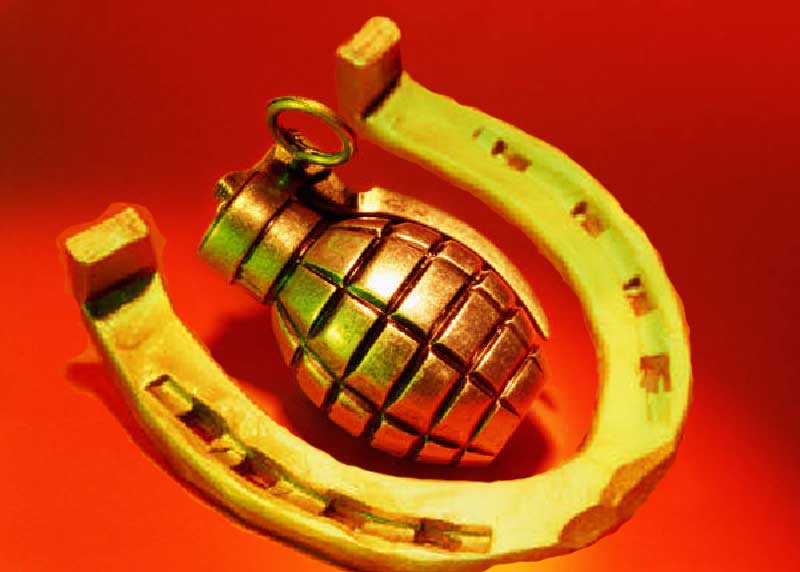
There are a myriad of utilities with energy efficiency programs, and all of them use deemed savings estimates in one form or another. While these types of measures are great for processing large volumes of rebates, and add great benefit to programs overall, it is important to remember one key thing. Using prescriptive savings estimates is almost guaranteed to provide an incorrect estimate of the savings seen by the customer. Yep, that’s right, almost guaranteed.
Deemed Savings Estimates
Just as a refresher, deemed savings estimates are a pre-defined estimate of energy savings per unit of energy efficiency measure completed. For example, the most commonly known deemed savings are for lighting replacements. When a customer replaces 100 incandescent lamps with LED lamps, deemed savings estimates would be used to state that the customer is expected to save 20 kWh per lamp annually. Therefore, the entire project would be estimated to save 2000 kWh, or 100 lamps times 20 kWh per lamp replaced.
Close Enough
The benefit of deemed savings is that it makes projects easier and cheaper to process. However, that ease comes by sacrificing savings accuracy on the project level. Deemed savings are designed to be reasonable estimates for an average project, but any given project will never be average. Just like any given person doesn’t eat 12.3[1] oranges per year. They’ll either eat 12 or 13, or 1 or 20, but no one will eat exactly 12.3. These types of estimates are assumed to be “close enough” so everyone can move on with their lives. This is all fine and dandy except when people actually start talking to customers or want to use these savings estimates for marketing purposes. Promoting savings estimates that half of the participants won’t achieve is not a great idea.
Just Remember
The goal of this message is not to bash the reputation of deemed savings values. These types of savings estimates have expanded the energy efficiency universe greatly over the last decade or two, and have driven implementation costs down and cost effectiveness of programs up significantly. It is merely serving as a reminder to use deemed savings appropriately, which is as estimates for average savings realized by all utility customers over time. They are not accurate statements of energy savings for individual projects, and sometimes not even entire program populations in any given year. So, be careful when touting deemed savings estimates to customers, vendors, or other outside parties. Deemed savings estimates are often “close enough”, but being close enough is only always acceptable with horseshoes and hand grenades.
[1] http://www.ers.usda.gov/media/1724368/fts30501.pdf




